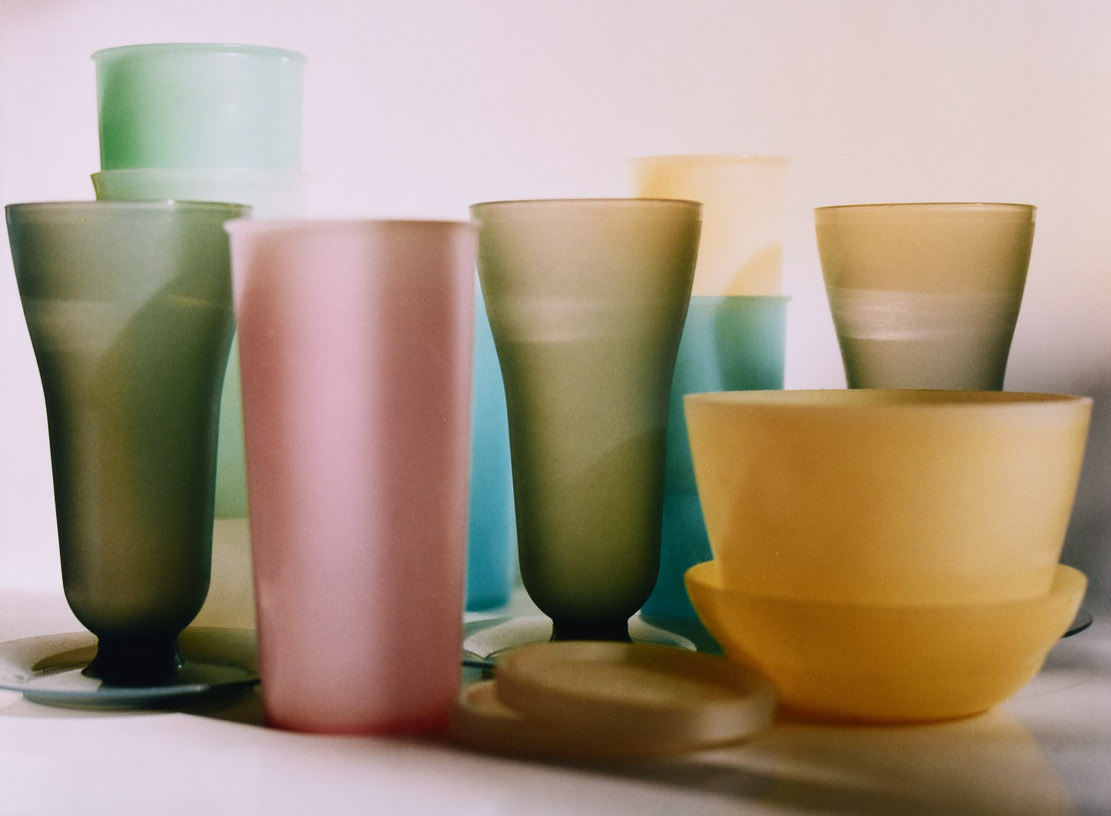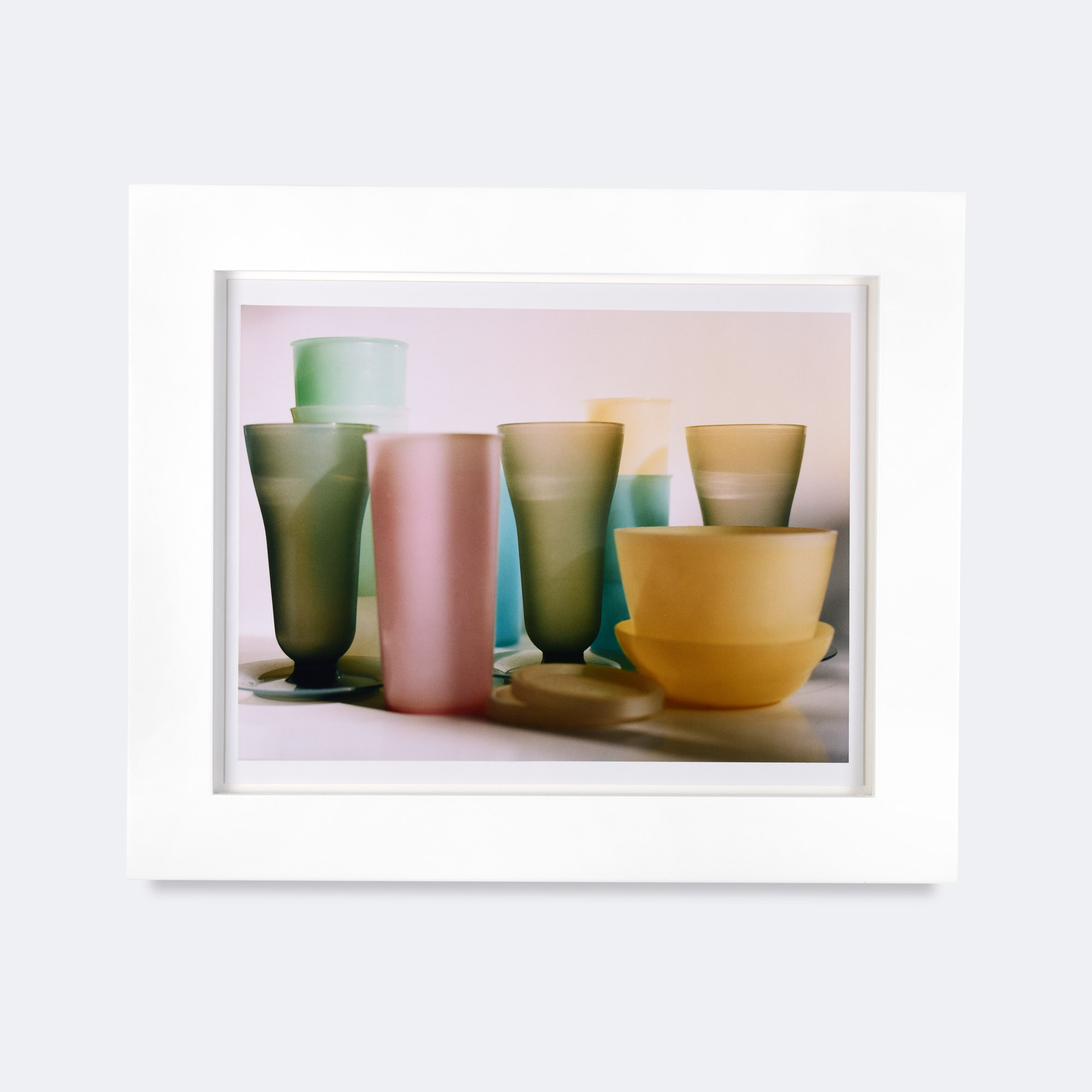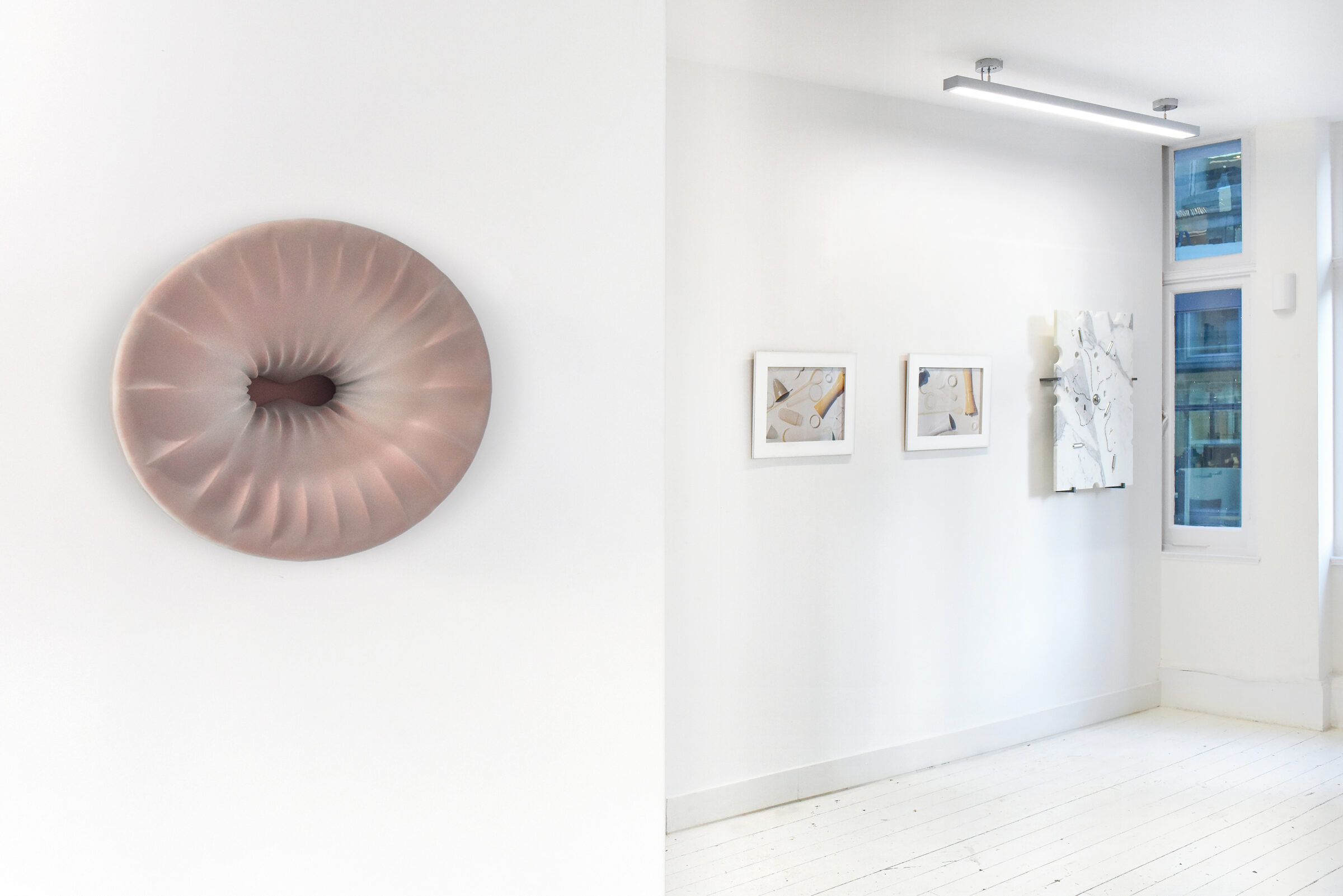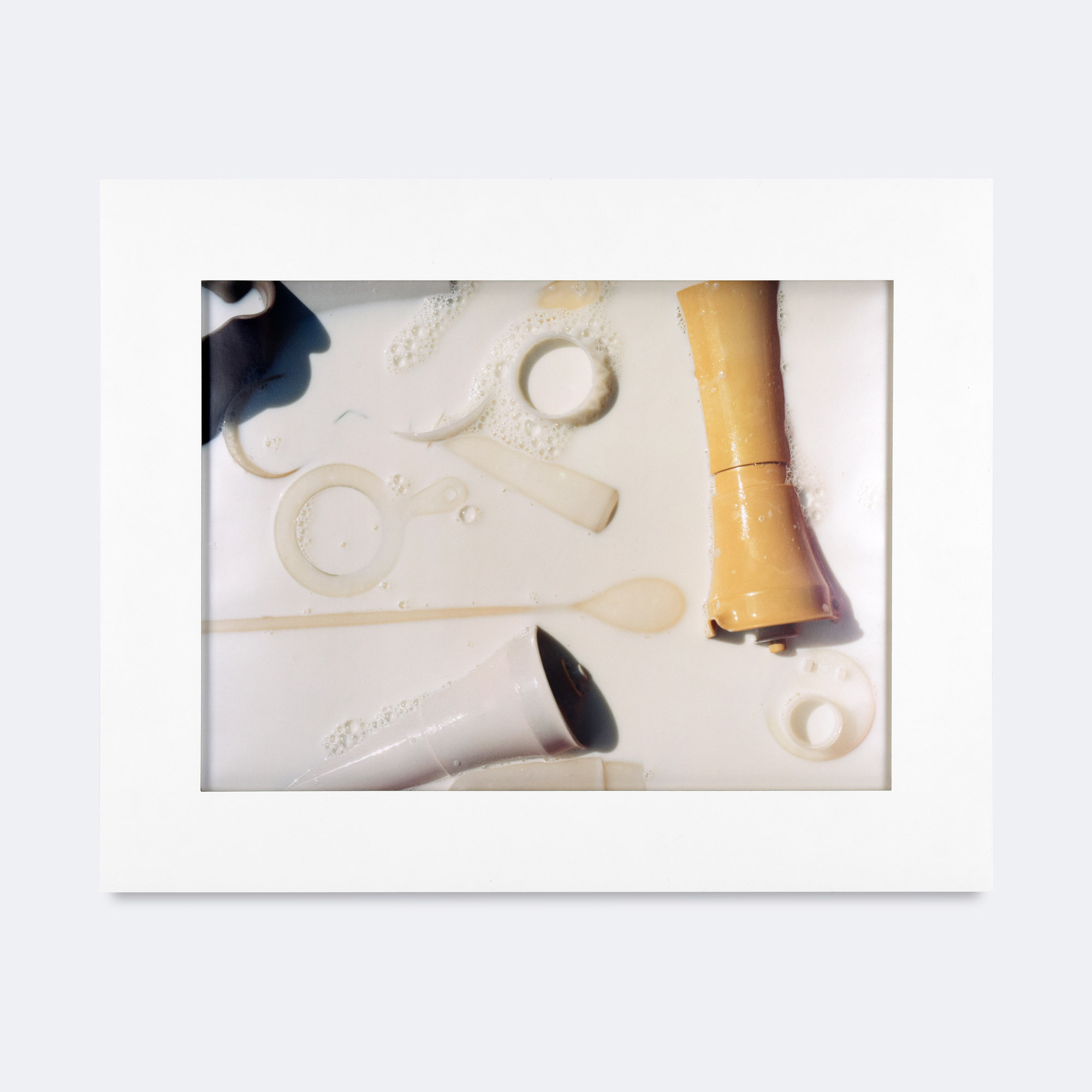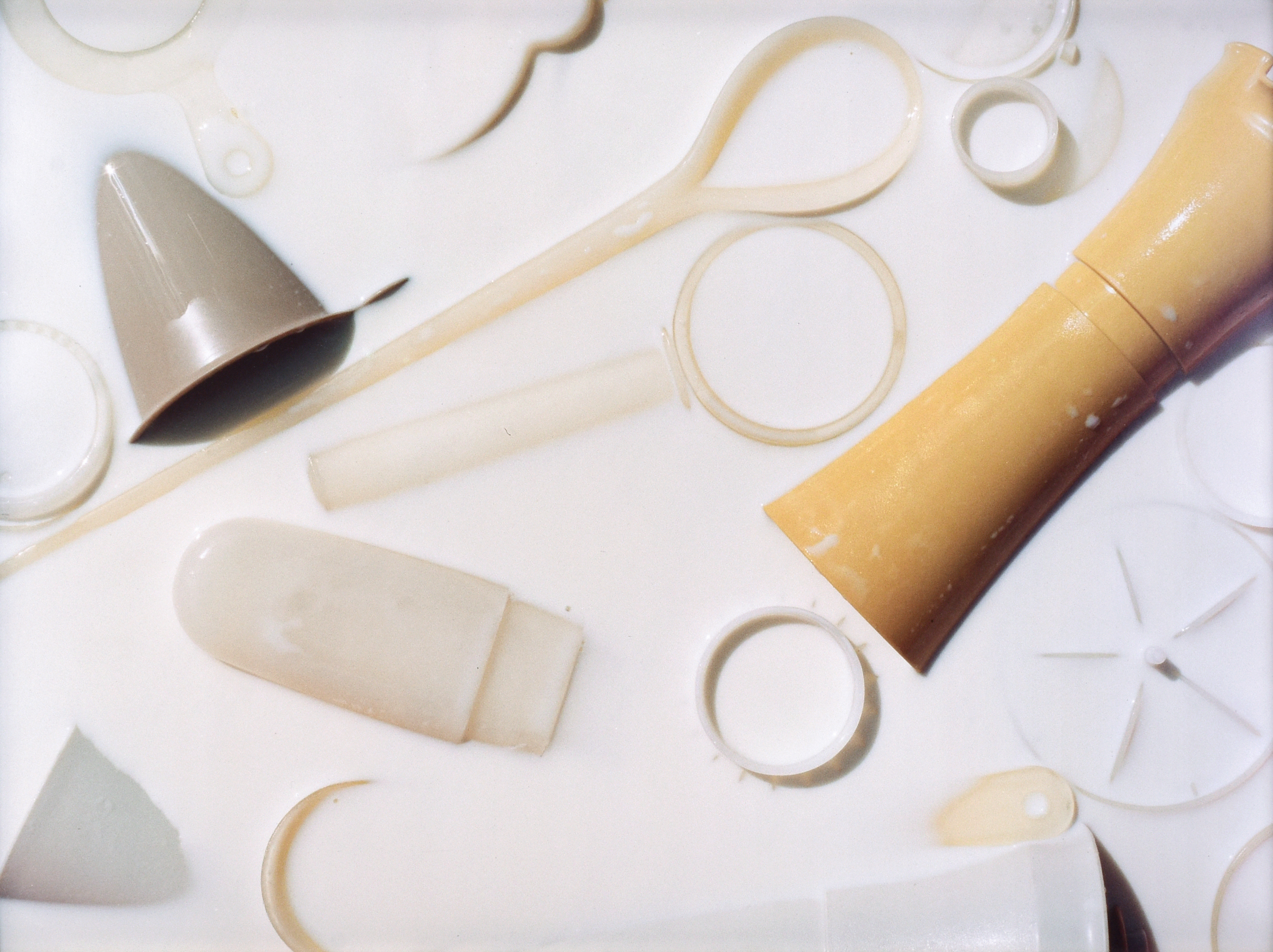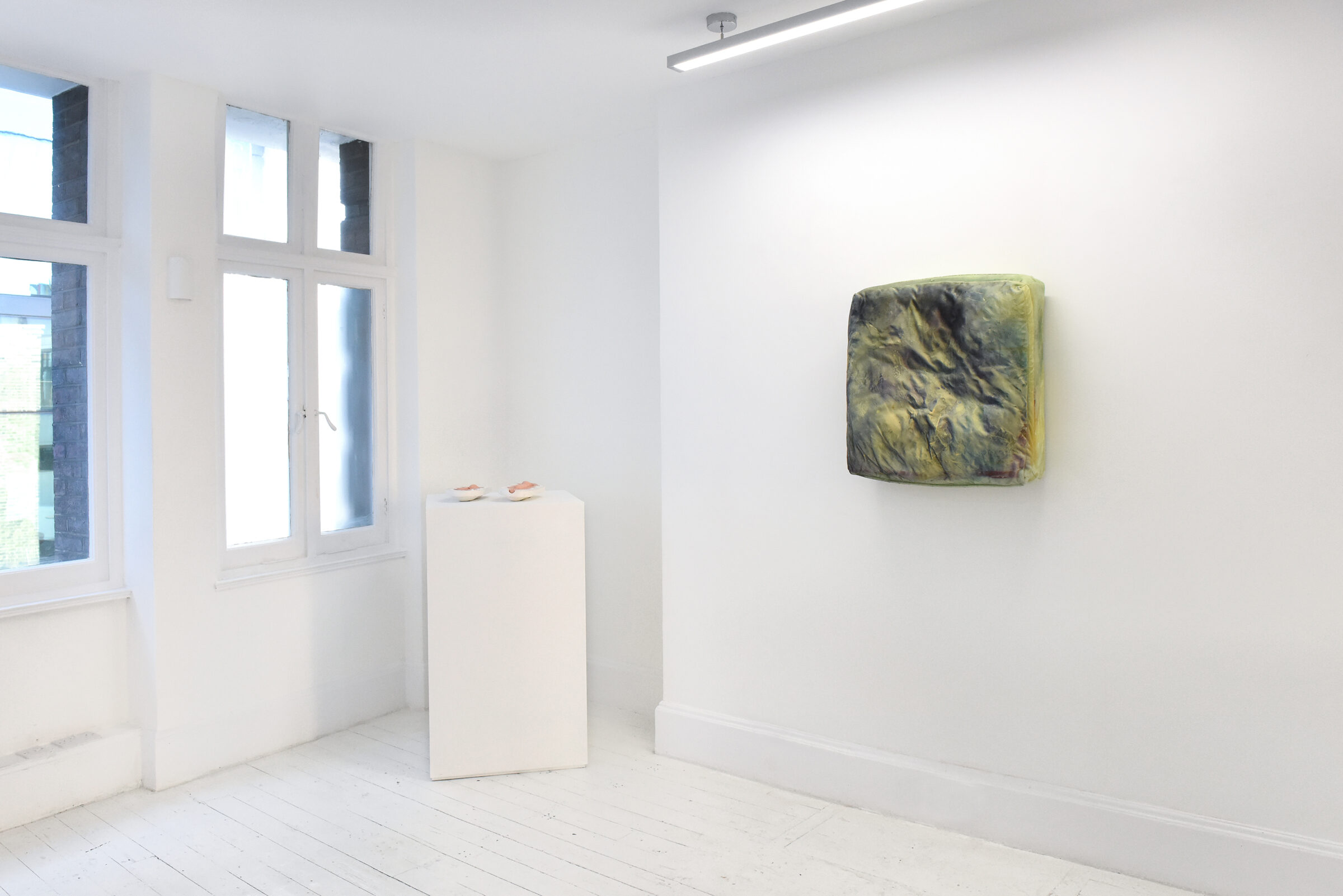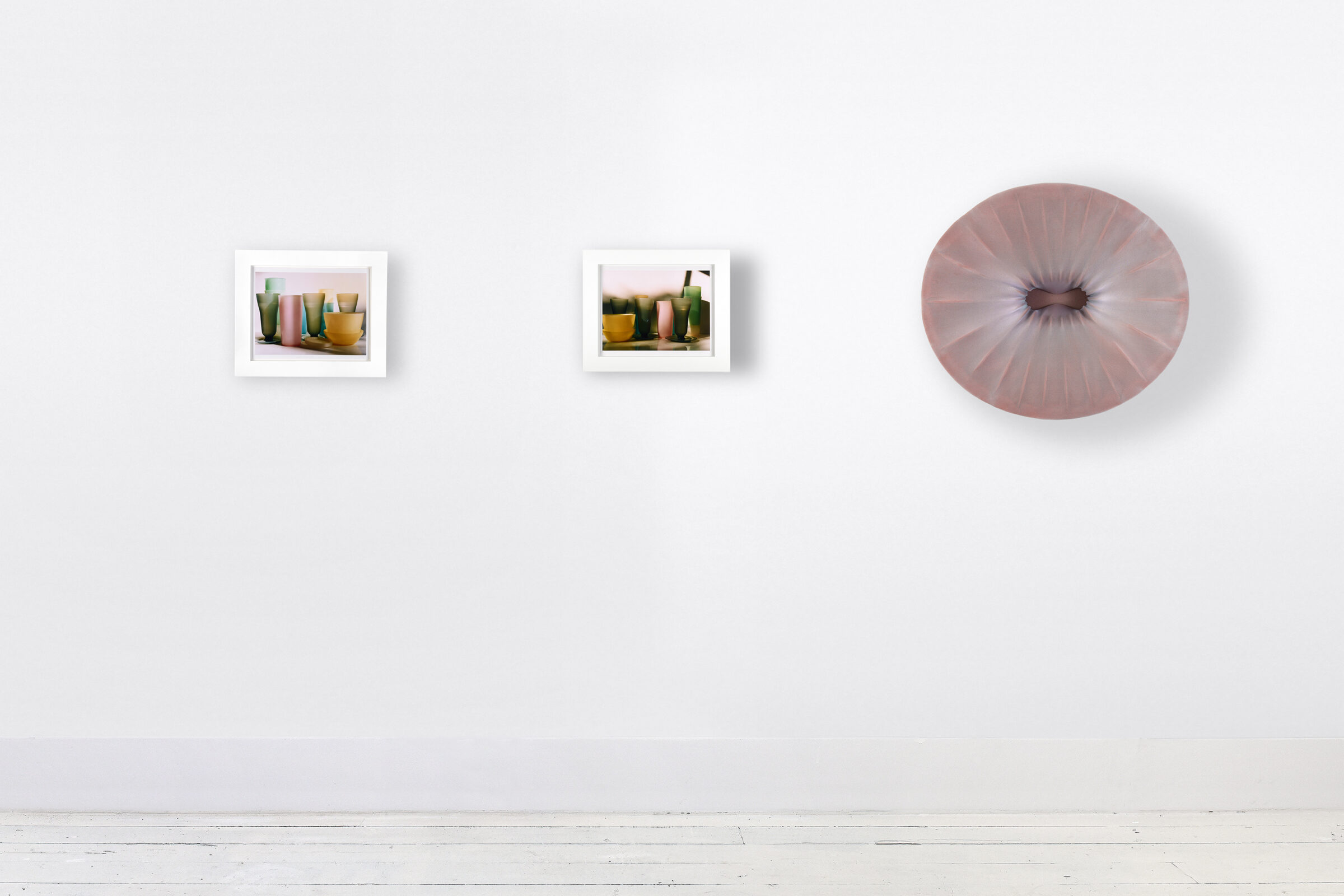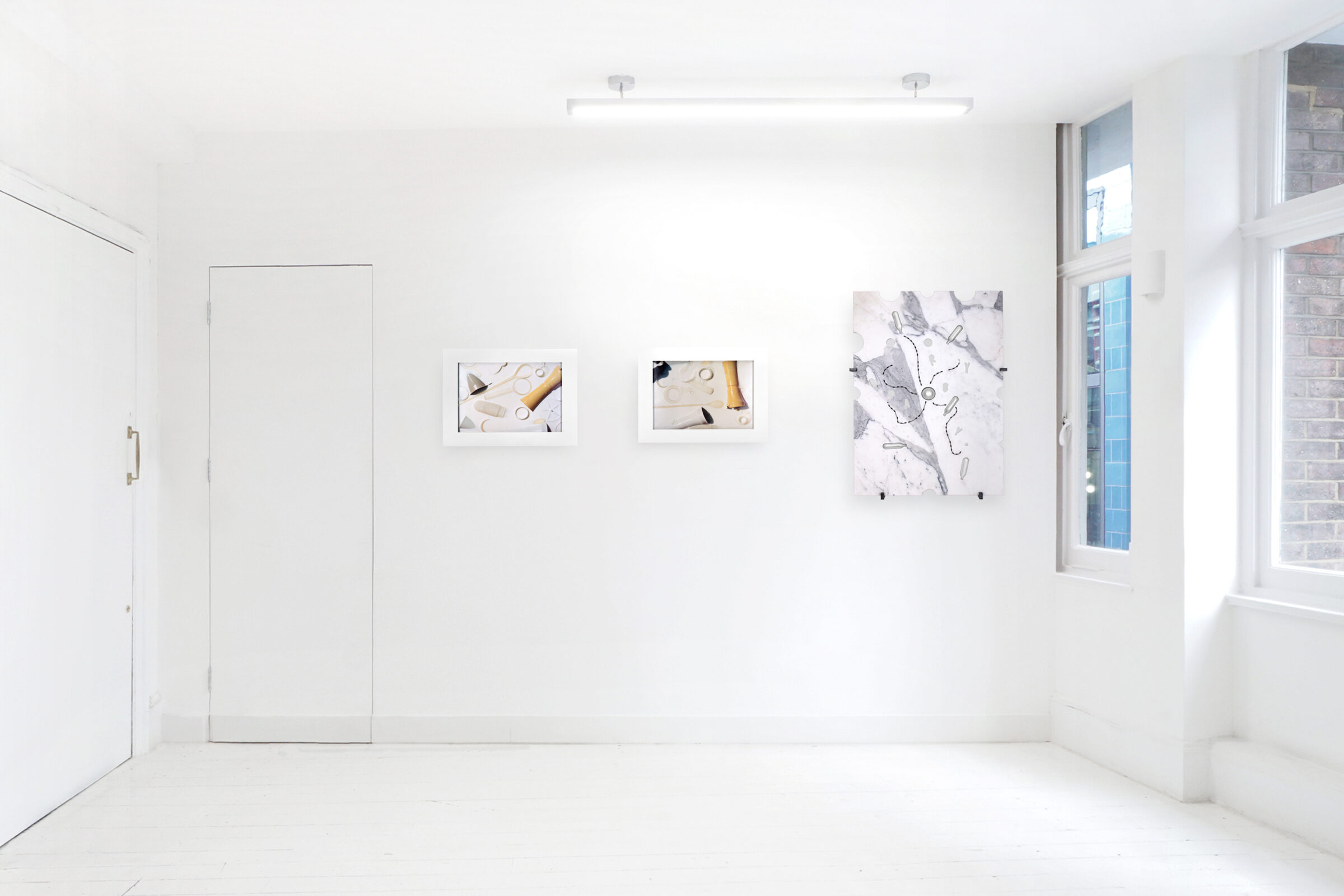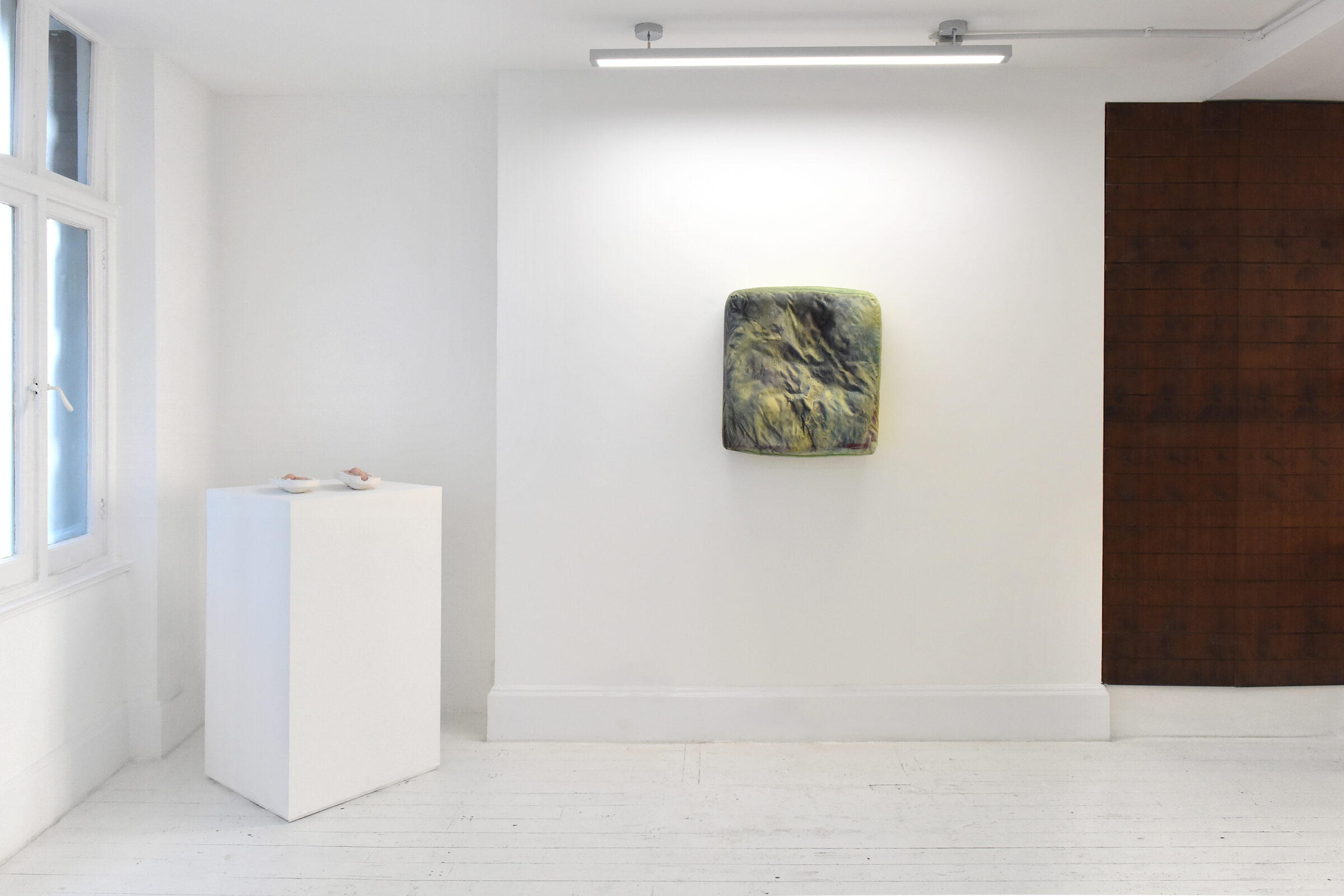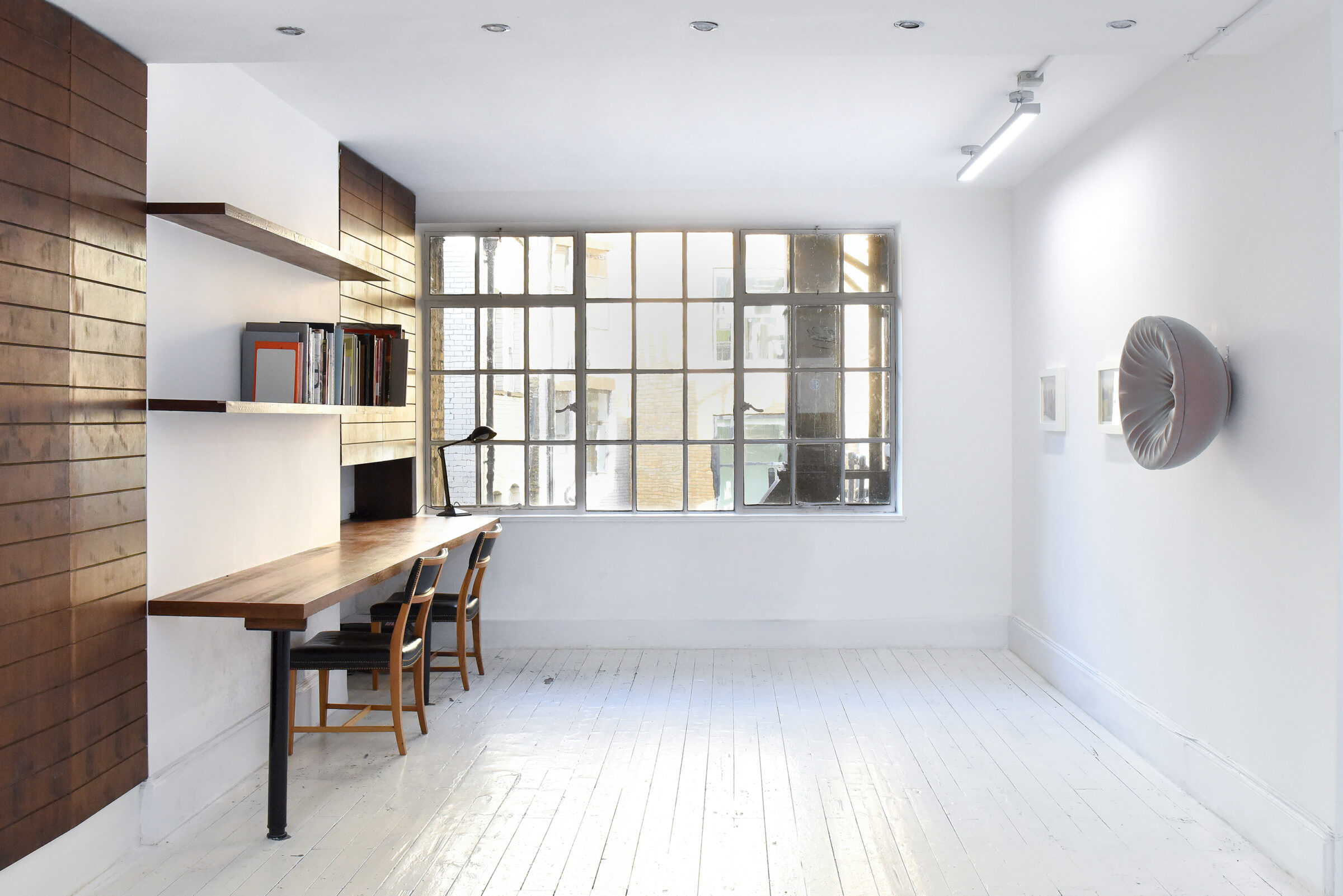‘The world of objects, however ‘ordinary’, is a trove of disguises, concealments, subterfuges, provocations and triggers that no singular, embodied and knowledgeable subject can exhaust… the artwork is a prime example of the object’s capacity to evade the knowing grasp.’
—Antony Hudek, ‘Detours of Objects’, 2014
The Artist Room is pleased to present ECHO, a group exhibition featuring works by George Henry Longly, Jane Simpson, Kaari Upson and Grace Woodcock.
ECHO explores the memories that objects hold; how artists have transformed them into portals for exploring introspective histories and our broader human condition. Including sculpture and photography, this exhibition navigates the varying ways that an intergenerational group of artists have utilised objects – whether cherished and treasured, abandoned and forgotten or transient and utilitarian. In different ways and through processes of bricolage, representation and re-representation, all of the included works are markers of active and lost memories.
From vanitas painting to still life and the readymade, artists across history, geographies and movements have all been drawn to the object as a symbolic device. Why is it that such objects – known or unbeknown to us – have the intrinsic capability to conjecture varying states of consciousness, curiosity and pathos? How is it that artists have transfigured domestic objects into fractured and allegorical vessels of our shared human experience?
With a research-led practice intersecting the aesthetics of soft sculpture, public architecture and space-age furniture design, Grace Woodcock’s project investigates how ‘we understand our environment and objects in relation to the body’. Constructed from textile, board and upholstery foam, Woodcock’s newly-commissioned work, Siphon II (2022), explores the acoustic properties of concave, ear, and portal-like shapes; that hold the unique characteristic of amplifying sound while deadening reverberation. Describing this work, Woodcock noted, ‘I’m trying to find forms that give your body something to map onto. Something that reflects back a feeling your body knows, a memory of a sensation.’
